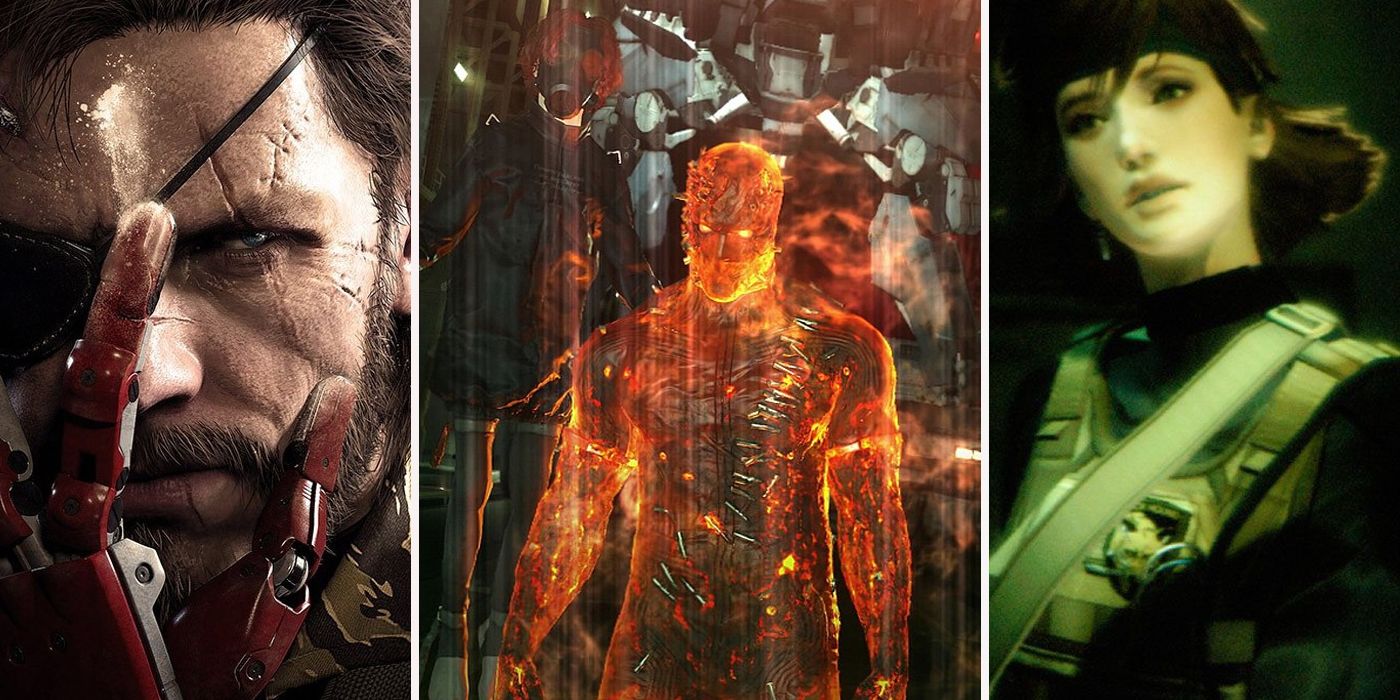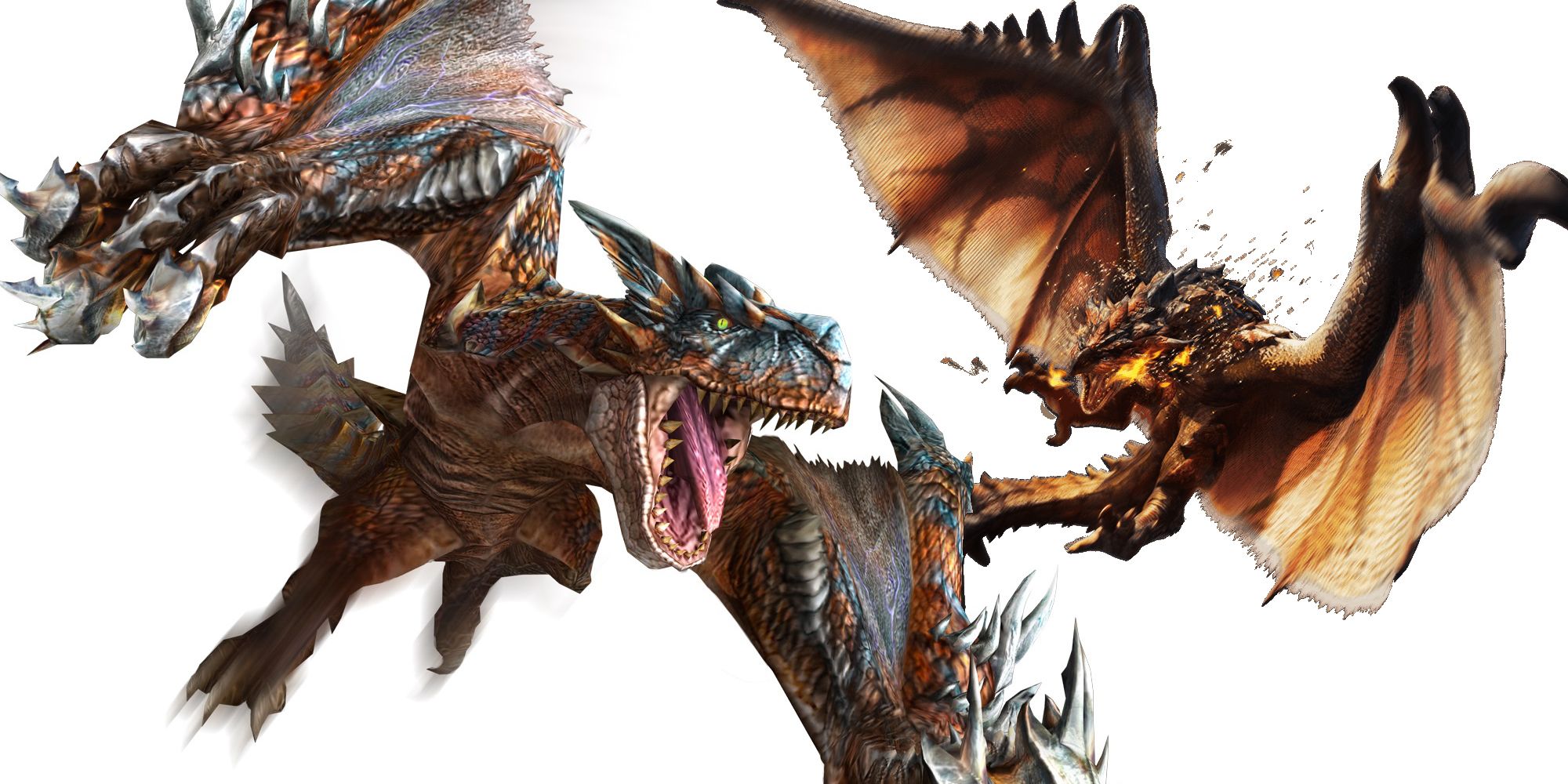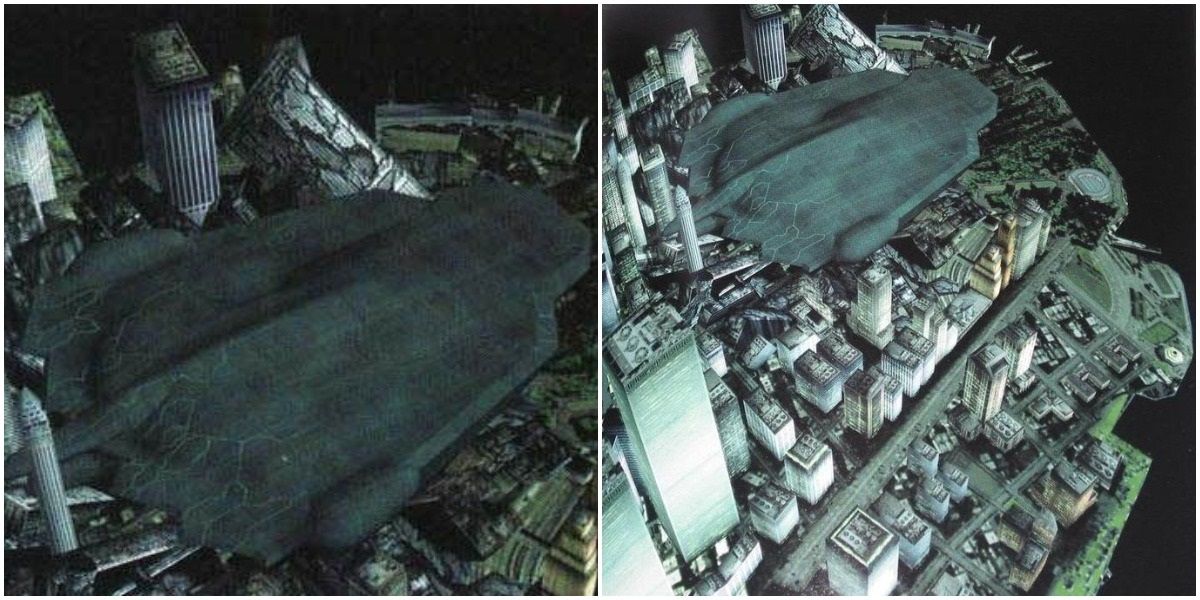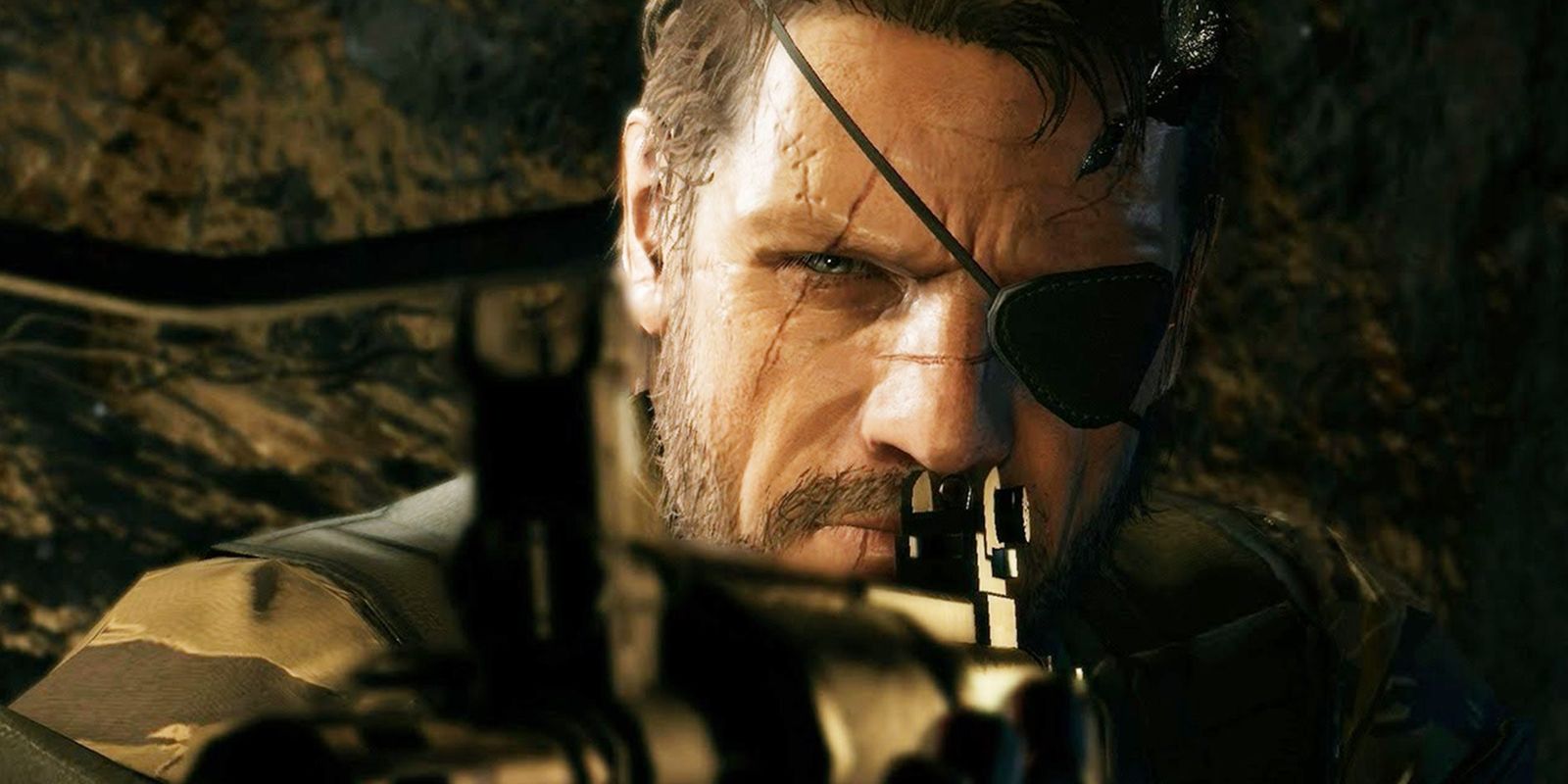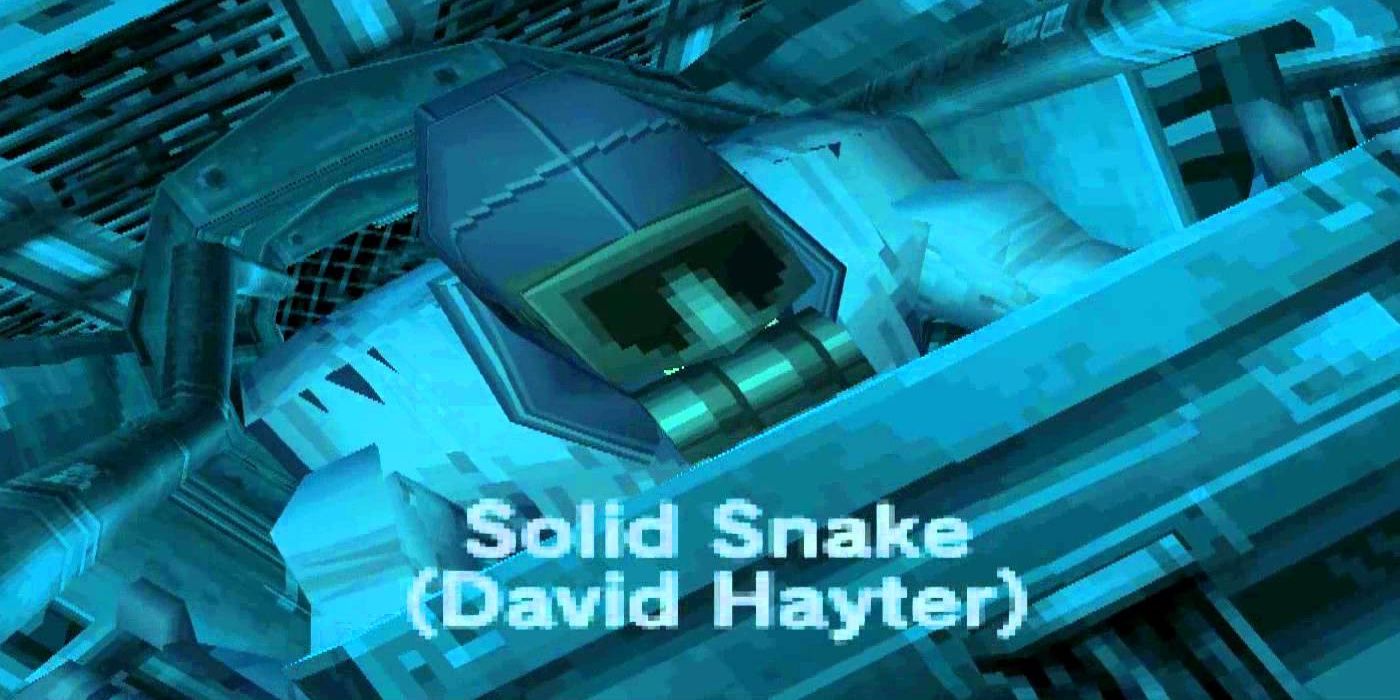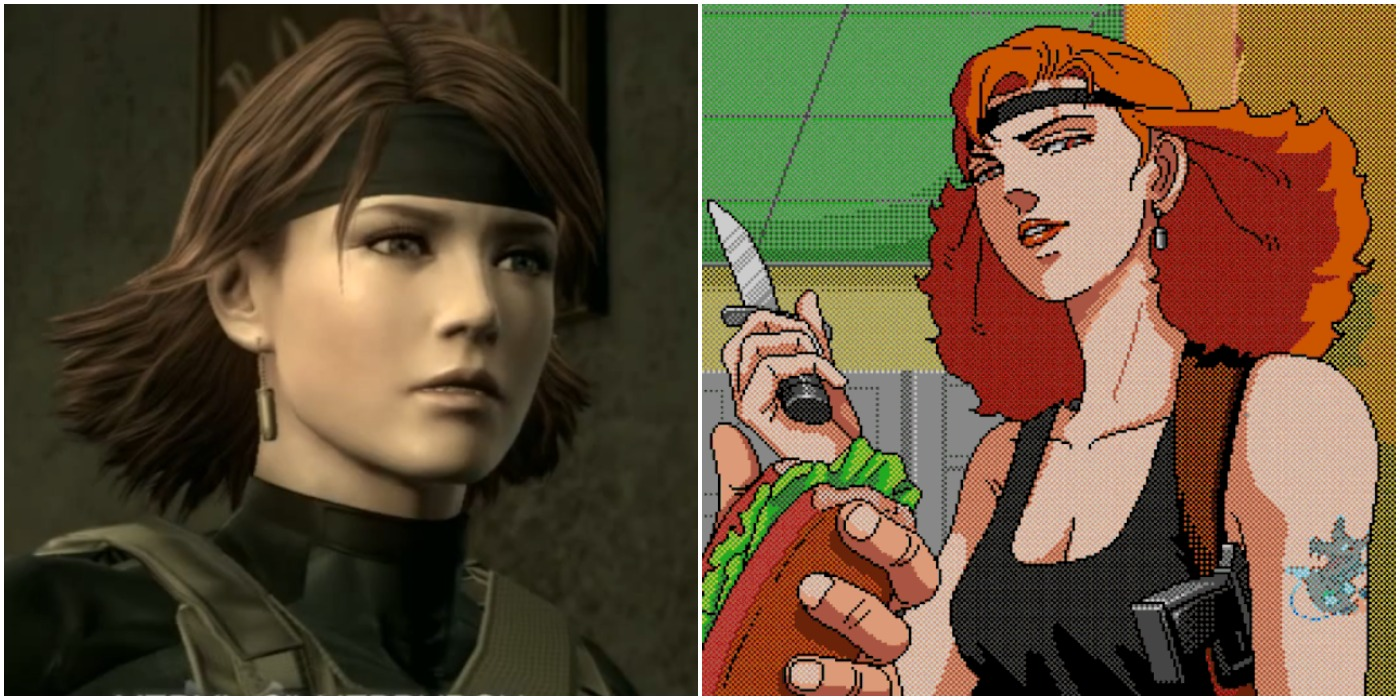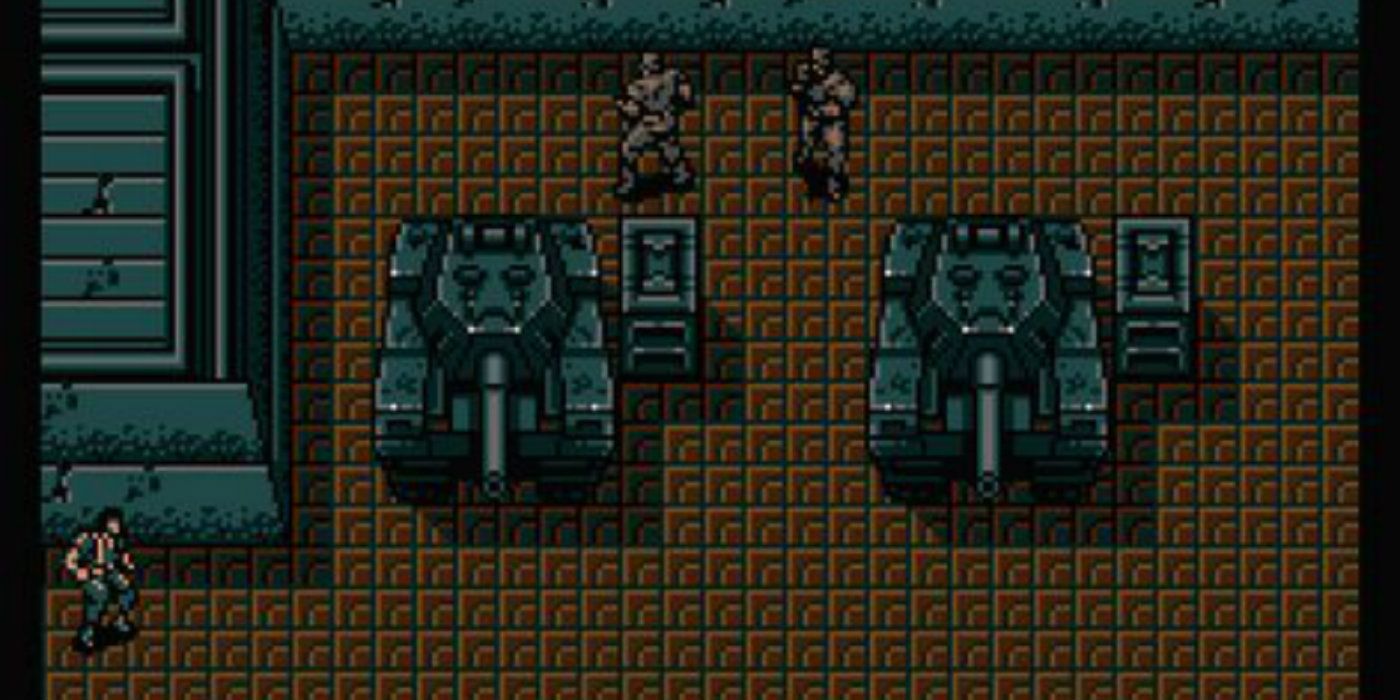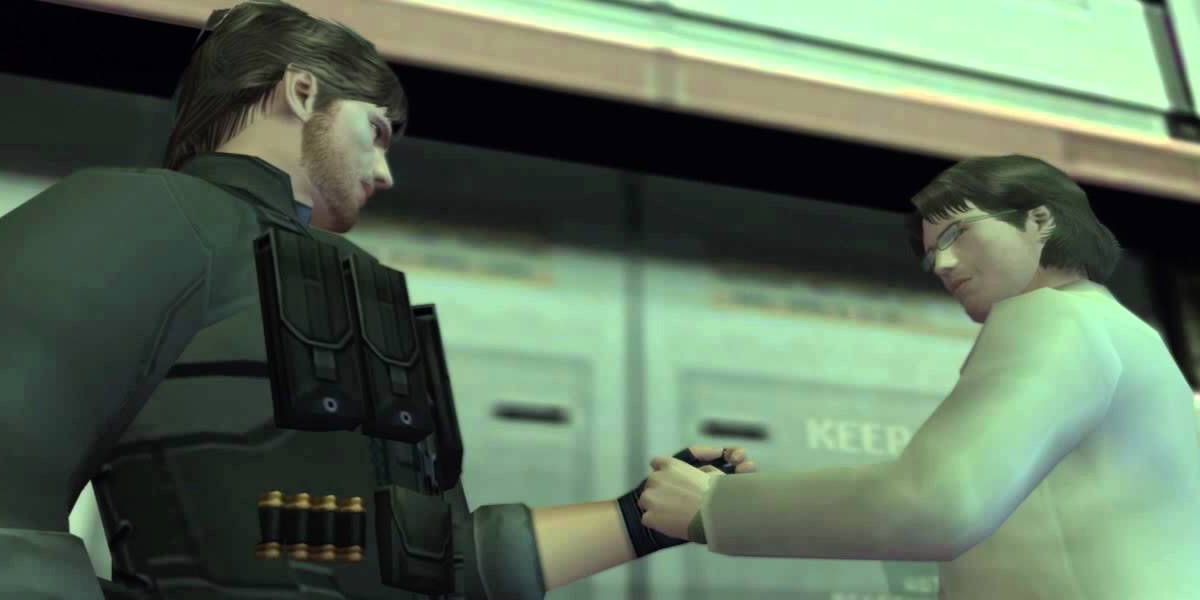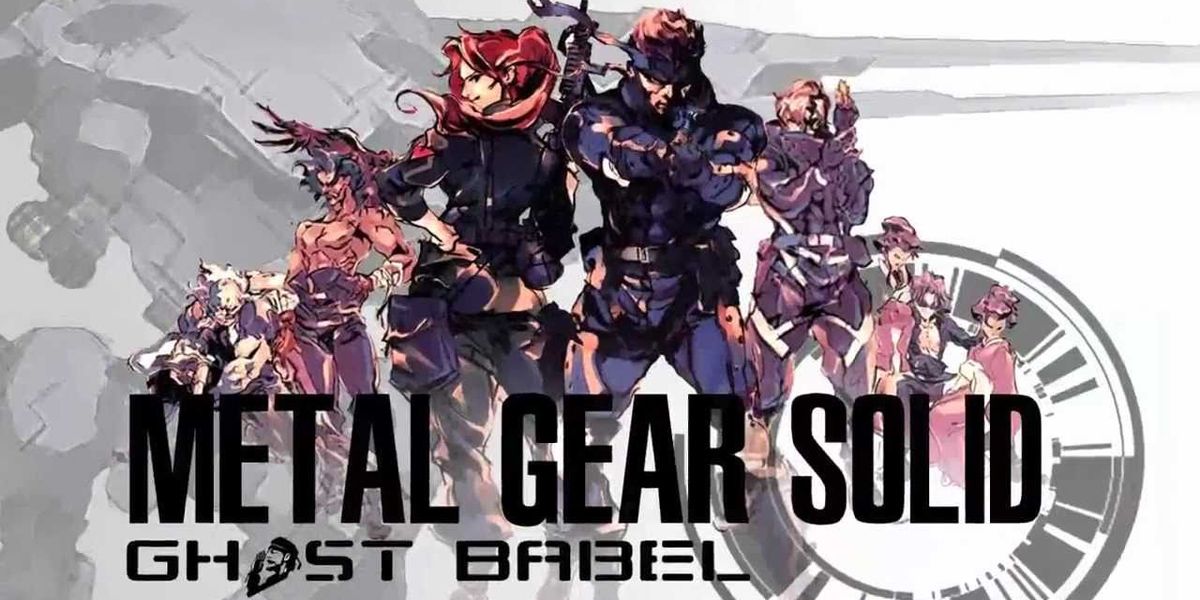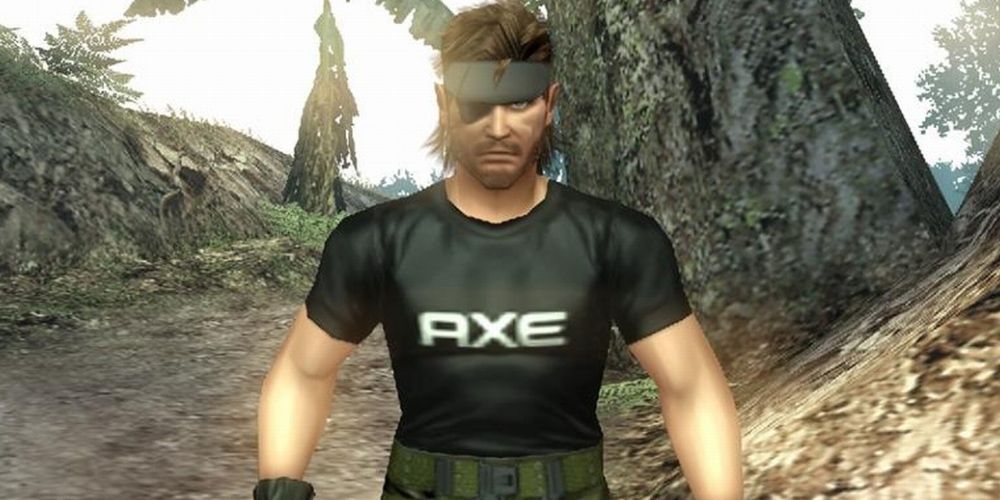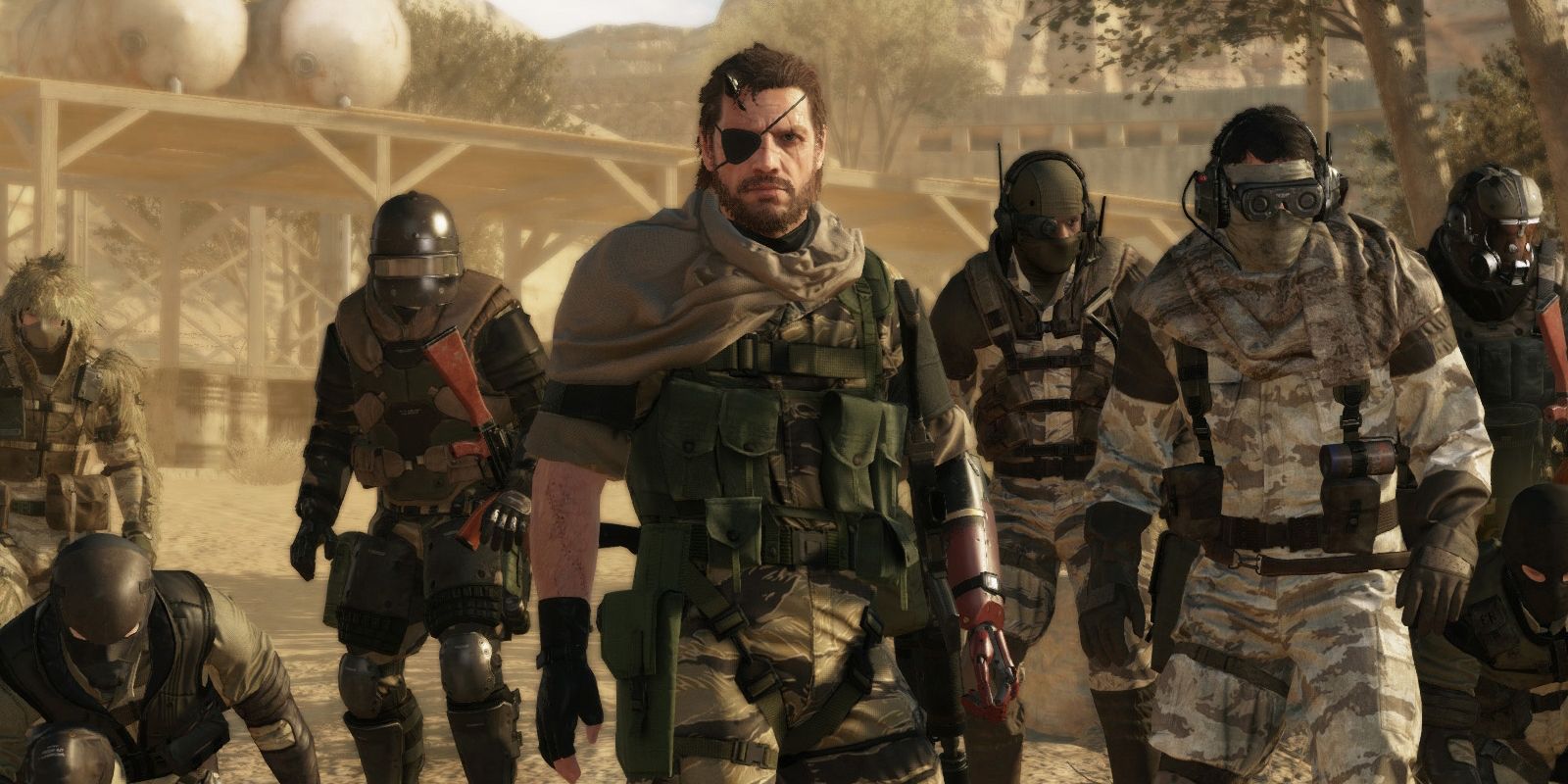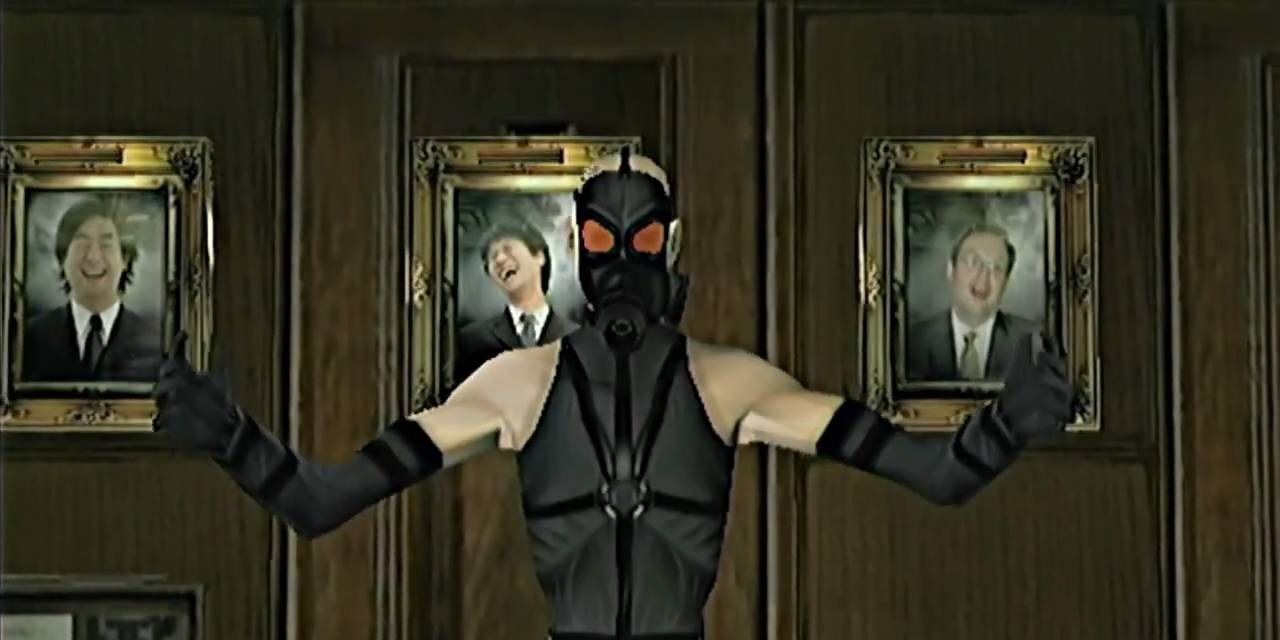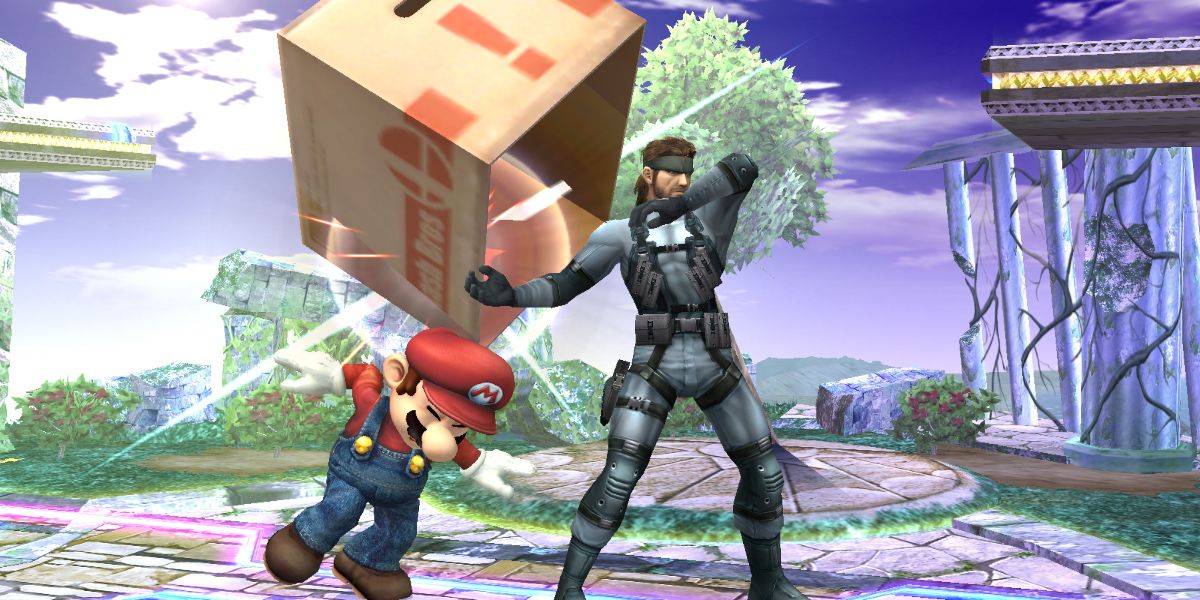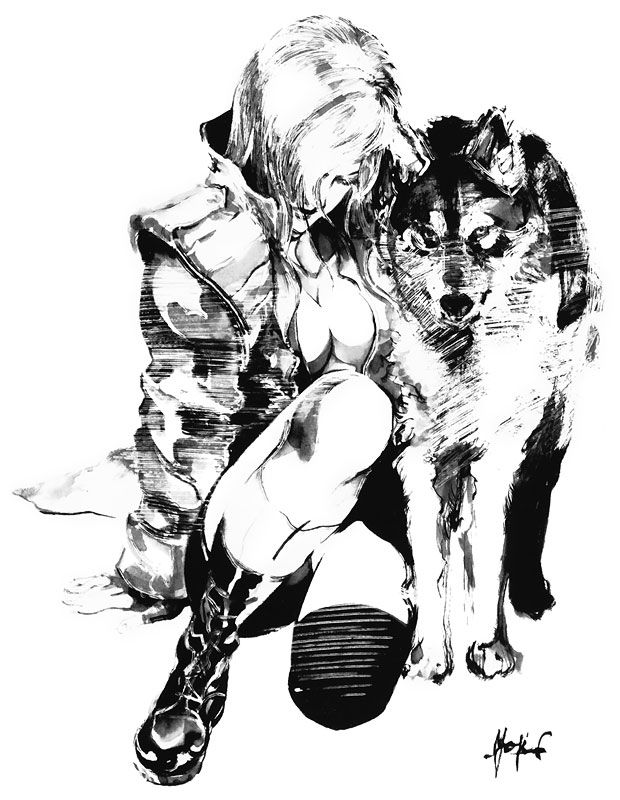Metal Gear Solid helped to define the 32-bit era of video gaming and helped to elevate the industry as a whole. This was one of the first truly cinematic video games ever made, with a story told through hours of fully-voiced cutscenes. Metal Gear Solid also broke the fourth wall in ways that gamers had never experienced before, which helped to cement itself within the minds of players across the world.
The Metal Gear Solid series has produced some of the greatest video games ever made. It seems like the future of the series will be defined by new creators, as it doesn't appear likely that Hideo Kojima will ever return to Konami. The series is now taking on a new form in Metal Gear Survive, which may elevate the series to new heights.
We are here today to look at the secrets that were buried within the Metal Gear and Metal Gear Solid series.
From the battle against two of the most fearsome dragons in video game history to the Nintendo game that managed to spoil a PlayStation exclusive title, here are the 15 Things You Didn’t Know About Metal Gear Solid!
The Monster Hunter Crossover
Monster Hunter World is currently the biggest-selling game of 2018. It has been a massive franchise in Japan for over a decade now due to the popularity of the portable entries in the series.
The Monster Hunter games on the PlayStation Portable were a cultural phenomenon in Japan on the same level that Pokémon Go was in America.
Metal Gear Solid: Peace Walker tried to fit into the same niche as the Monster Hunter titles, due to its focus on local multiplayer. A deal was made where several of the creatures from Monster Hunter would appear as bosses in Peace Walker, while Metal Gear Solid outfits appeared in Monster Hunter: Freedom Unite.
It's possible to battle Rathalos and Tigrex in Metal Gear Solid: Peace Walker, as well as a unique creature, called Gear Rex.
However, be warned: these are the most difficult boss battles in Peace Walker and your rocket launcher won't do much against their thick hides.
Metal Gear Solid 2 Was Changed Due To 9/11
There were several video games that were still in development when the 9/11 terror attacks happened, which caused the games to be changed before release.
Spider-Man 2: Enter Electro was originally going to conclude with a battle that took place on top of the World Trade Center, while the airplane combat game called Propeller Arena was canceled.
Metal Gear Solid 2: Sons of Liberty needed its ending changed prior to release. There was going to be a sequence where Arsenal Gear crashed into Manhattan and flattened several buildings, while the final battle between Raiden and Solidus was going to conclude with him draping the American flag over Solidus' corpse.
Raiden's name was also changed in Japan. It was originally written in katakana but was changed to kanji, as the katakana for Raiden was too similar to Bin Laden.
The Secret Nuclear Ending
The ability to go through the files of most modern games means that there are very few secrets left in the video game industry.
Fans of Metal Gear Solid V: The Phantom Pain discovered that there was a secret ending in the game that was almost impossible to see through normal means.
This ending can only be seen if every nuclear weapon created in the online mode of the game had been disarmed, which would require the cooperation of thousands of players. This would trigger a cutscene showing the Diamond Dogs' determination to keep the world nuke-free.
The vast majority of PC players were able to witness this ending, as it was accidentally triggered due to a bug in the game.
The Union Pseudonym
Voice acting didn't start appearing in console games until the 32-bit era, save for some brief voice clips that could fit onto cartridges. This was due to the massive increase in memory that the CD-ROM format offered, which allowed hours of audio to be included in games.
Voice acting in console games was still such a new phenomenon in the late '90s that the actors were concerned over breaking union rules. The Screen Actors Guild had yet to make any sort of ruling concerning video games at that point in time, so a lot of voice actors used pseudonyms when working on games.
The voice actors who appeared in the credits for Metal Gear Solid used pseudonyms for this reason. The exceptions to this where David Hayter (though he did use a pseudonym in the demo for the game), Doug Stone (who played Psycho Mantis,) and Scott Dolph.
The Celebrity Censorship
Hideo Kojima has stated that he regrets not remaking Metal Gear 2 on the PlayStation instead of creating a sequel. This was partly due to the fact that Metal Gear Solid heavily references Metal Gear 2, even though the game wasn't released outside of Japan.
Fans were finally able to play an English version of Metal Gear 2 in 2005 when it was included in the updated version of Metal Gear Solid 3: Snake Eater.
The updated version of Metal Gear 2 had to be changed for its updated release.
This was due to the fact that the character portraits looked too much like actual celebrities. The picture for Solid Snake looked like Mel Gibson, while Big Boss looked like Sean Connery.
The character artwork in the game was changed to make them look like the illustrations from the later titles in the series.
The Recycled Meryl
Meryl Silverburgh is one of Solid Snake's few allies in Metal Gear Solid. She was a young and idealistic soldier who managed to survive the Shadow Moses incident and went on to become a commanding officer.
It seems that Hideo Kojima was fond of Meryl Silverburgh, as she was taken from a previous game that he had made.
Hideo Kojima created an adventure game, called Policenauts, that was first released in 1994. Policenauts was a game about police officers in a futuristic setting. One of the officers was a woman named Meryl Silverburgh, who used the same design as the Metal Gear Solid version of the character.
The Policenauts version of the character was much more experienced and sure of herself than the young soldier who appears in Metal Gear Solid.
The Password Censorship
The way you recorded your progress in the days before memory cards and being able to save onto the system memory involved either battery backup or passwords.
Battery backup allowed you to actually save the game, but those batteries haven't survived into the present day, which means that your old team in Pokémon Red & Blue has long since vanished.
The version of Metal Gear that appeared on the Nintendo Entertainment System used passcodes to record your progress.
The passcode system was actually changed for the European version of the game, due to something that managed to slip past the Japanese and North American localization teams.
Metal Gear had a passcode that was "F--KME" followed by number ones that filled out the blank spaces. This would send you to the final boss with no items or weapons.
The Execution Of Solid Snake & Otacon
Hideo Kojima was determined to end the story of Solid Snake in Metal Gear Solid 4: Guns of the Patriots. This is why Solid Snake was artificially aged and his life expectancy set so that he only had a few more years left to live.
Metal Gear Solid 4: Guns of the Patriots ended with Solid Snake planning on spending his remaining few years with Otacon and Sunny. Hideo Kojima had originally planned for a much darker conclusion to Solid Snake's story.
According to Kojima, he had originally planned for Metal Gear Solid 4 to end with Solid Snake and Otacon turning themselves in, as they had been going against the law for years. The game would have concluded with the two of them being executed for their crimes.
The only reason why Hideo Kojima backed out this plan was due to his entire staff revolting against him.
The Disturbing E-Rated Game
Metal Gear Solid: Ghost Babel appeared on the Game Boy Color in the year 2000. Ghost Babel was created due to Konami Europe requesting to develop a port of Metal Gear Solid for the Game Boy. Hideo Kojima decided that a whole new game for the handheld should be created instead.
Metal Gear Solid: Ghost Babel has an E-rating, which means that anyone can purchase this game.
This was an odd choice, considering some of the disturbing material within Ghost Babel which should have forced a higher age rating.
The most disturbing content in Metal Gear Solid: Ghost Babel involves a character named Marionette Owl, who was inspired to become a serial killer by witnessing the death of his friend at the age of twelve. This caused him to hunt down and take down women so that he could turn their corpses into dolls.
The Censored Product Placement
Metal Gear Solid: Peace Walker is set in a Costa Rican war zone in 1974. This fact didn't stop the Japanese version of the game from featuring numerous product placements.
Product placement isn't new to the Metal Gear Solid series, with Solid Snake carrying an iPod into battle in Metal Gear Solid 4: Guns of the Patriots. Konami doubled down with the product placement in Peace Walker, with items and costumes in the game referencing Mountain Dew, Doritos, Pepsi, and Axe body spray.
It seems that there were issues bringing these product placements into the international version of Metal Gear Solid: Peace Walker, as they were all removed from the game and replaced with generic items that didn't have any branding.
The Unfinished Final Mission
There is a lot of bad blood between Hideo Kojima and Konami, which resulted in the two parting ways. It seems that Metal Gear Solid V: The Phantom Pain will be the last game in the series created by Kojima Productions.
Hideo Kojima was unable to finish Metal Gear Solid V: The Phantom Pain before it was due to be released. We know this due to the material on the bonus disc that came with certain versions of the game.
The bonus disc revealed that the final mission of the game wasn't finished.
What remains of this mission was shown using concept art and partially-completed cutscenes.
Mission 51 would have featured the final showdown between the Diamond Dogs and Eli & Psycho Mantis, who had escaped in the Sahelanthropus. This would have involved an epic confrontation between Big Boss and the kids, which would have helped bridge the gap between this game and Metal Gear Solid.
The Lost Members Of Dead Cell
The antagonists throughout the Big Shell chapter of Metal Gear Solid 2: Sons of Liberty are a group of super-powered terrorists, collectively known as Dead Cell. Raiden has to fight the members of the group in increasingly gimmicky boss battles.
There were two other members of Dead Cell that were planned to appear in Metal Gear Solid 2: Sons of Liberty, but they were cut during development.
Chinaman was going to be a martial arts-themed member of Dead Cell, who possessed a dragon tattoo that could come to life. The boss battle where you fought Vamp in the filtration chamber was originally going to involve Chinaman.
Old Boy was meant to have been an old man who was a mentor to Big Boss. His design was reworked into The End in Metal Gear Solid 3: Snake Eater.
Chinaman and Old Boy both appeared in the IDW comic book adaptation of Metal Gear Solid 2: Sons of Liberty.
Channeling Hideo Kojima
The fight against Psycho Mantis might be the most memorable boss battle in the Metal Gear Solid series, if not the entire history of gaming. Psycho Mantis broke the fourth wall in several ways, which forced the player to think outside of the box in order to defeat him.
Psycho Mantis possesses the ability to read the information on the PlayStation's memory card.
If he finds any save data from Konami games then he will comment on it. The fact that more Konami games were released in Japan meant that he had more lines of dialogue in the Japanese version of the game.
If you have save data from the PlayStation versions of Snatcher and Policenauts on your memory card, then Psycho Mantis will channel the voice of Hideo Kojima, who will personally thank you for your support. This can only be done in the Japanese version of Metal Gear Solid.
The Smash Bros. Spoiler
PlayStation All-Stars Battle Royale was lacking star power among its roster. They were only able to get Raiden to represent the Metal Gear Solid series instead of Solid Snake or Big Boss. This was made even more insulting by the fact that Solid Snake appeared in Super Smash Bros. Brawl as a playable fighter.
Solid Snake had his own stage in Super Smash Bros. Brawl, which was the front of the base on Shadow Moses Island. If a fight on the stage goes on for long enough, then Metal Gear REX or RAY will break through the background, while accompanied by several GEKKO units.
The Shadow Moses Island stage actually contained several spoilers for Metal Gear Solid 4: Guns of the Patriots, which hadn't been released yet. The stage spoiled the fact that you would return to Shadow Moses and pilot Metal Gear REX while battling against GEKKOs and a Metal Gear RAY.
This meant that a Nintendo game spoiled a PlayStation exclusive title, though people didn't realize it until Guns of the Patriots was released.
The Sniper Wolf Concept Art
The vast majority of the Metal Gear Solid games received an M-rating (or its international equivalent) due to the amount of blood and violence that appear in them.
The Metal Gear Solid games have rarely featured any overtly adult content, outside of some bare skin and skimpy outfits among the cast.
This is due to the fact that explicit revealing images will often prevent a game from being sold in major retailers.
It seems that the official art books for the Metal Gear Solid series aren't held to the same standards as the games themselves. The Art of Metal Gear Solid I-IV features beautiful concept art and illustrations of the series, most of which was done by Yoji Shinkawa.
This book also features an explicit picture of Sniper Wolf, where she is only wearing an open jacket and a single boot. It's unknown why this picture was necessary, save for creating some buzz about the release of the book.
---
Can you think of any other interesting facts about Metal Gear Solid? Let us know in the comments!

